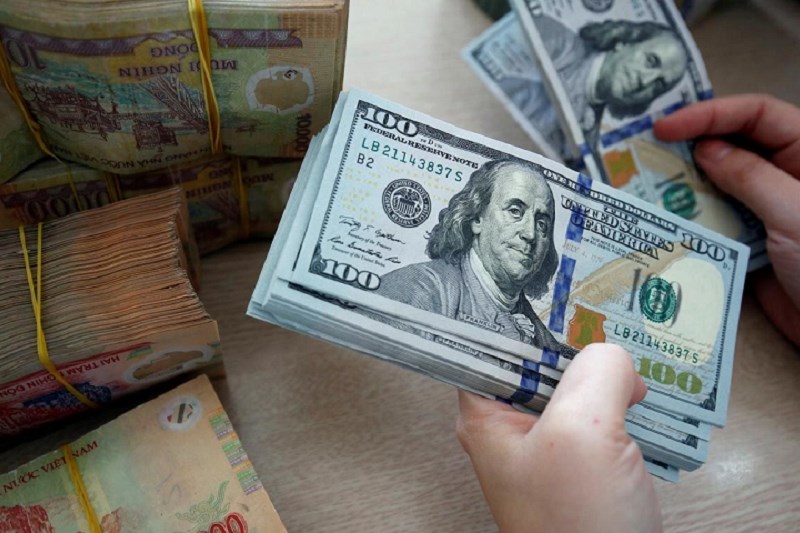Why has the US dollar been stable so far this year?
The US dollar has been very stable so far this year—much more than we’ve seen in prior years, with a less than 4% trading range on the Federal Reserve’s broad trade-weighted index. Why so stable? And what will it take to break the impasse?

The US dollar has been very stable so far this year—much more than we’ve seen in prior years, with a less than 4% trading range on the Federal Reserve’s broad trade-weighted index.
>> What is dominating currency trends?
It is not always clear why currencies move or why, in this case, the dollar has been so stable. Perhaps counterintuitively, we tend to think that periods of stability are caused by bouts of heightened uncertainty. That might sound odd. Surely periods of high uncertainty are hotbeds for surging volatility. But usually, in periods of high uncertainty, traders and investors don’t really know what to do. It is a period of ‘certainty’ that usually brings the most significant directional trends because it is pretty obvious to most what should happen.
To take an example, sterling was stable in the highly uncertain period leading up to the 2016 Brexit referendum. But then, when the uncertainty was broken by the ‘certainty’ of the decision to leave the EU, with all that this implied for damaged UK trade, etc., it was pretty clear that the pound should fall, and so it did. Returning to today, we’d argue that we have moved from a more certain environment last year to one of greater uncertainty this year. This is due to monetary policy and the outlook for major economies.
Last year, central bank policy rates rose very aggressively, and, while hindsight is always easy, it was pretty obvious at the time that central banks had fallen far beyond the curve and would have to race to catch up. Hence, in Mr. Steve Barrow, Head of Standard Bank G10 Strategy’s 's view, there was a fair degree of certainty about not just the path of interest rates but also the rapidly weakening prospects for G10 economies as rates soared.
In this "certain" environment, we saw significant volatility in the dollar, particularly against the yen, where policy rates were kept static and the BoJ had to rescue the yen with intervention. But as we moved into 2023, the rate hikes slowed to almost nothing, and there’s more uncertainty about the next moves. In addition, intense speculation last year that G10 economies would plunge into recession has not happened, at least not for many. So, here too, we would argue that there is more uncertainty.
>> US economy outperforms its peers, US dollar will go up?
So, what will break the impasse? The obvious answer would seem to be a return to some sort of certainty about the economic and policy outlook. The catalyst will be the point at which the Fed starts to signal that rates can come down again. At that point, investors will know that the US is not just fully over the hump of inflation but is in a position where policy rates can be normalized again. At this point, we should see the dollar fall, possibly quite precipitously. But this point does not seem close at hand—certainly not this year—and that may mean that the dollar’s tiny trading range against other G10 currencies continues for a few months yet.
"We think that the Fed could be in a position to start cutting rates from mid-2024 and would probably start to signal such a possibility in the meeting or two before the first cut occurs; hence, in Q2 2024. But while this is the period when we think it is most likely that the US dollar will embark on a new slide as part of a multi-year downtrend, things could happen in the meantime to knock this forecast off course. Inflation could surge again, forcing new and perhaps aggressive policy tightening by just about all G10 banks. Such a scenario would pummel asset prices like stocks and bonds and presumably allow at least a decent period of significant dollar strength. Another scenario is that G10 economic growth collapses into a deep recession under the weight of the policy tightening that we’ve seen to date. In this scenario, inflation will likely fall, and the Fed could actually slash rates quite quickly. But this too would be a scenario of US dollar strength because it would involve capitulation in risk assets such as stocks", said Mr. Steve Barrow.
The bottom line is that the primary focus is on a continued period of stability this year, with the US dollar starting to lurch lower next spring. This being said, the danger in the near term, should this stability be broken in 2023, is a stronger dollar, not a fall in the greenback.








